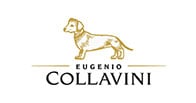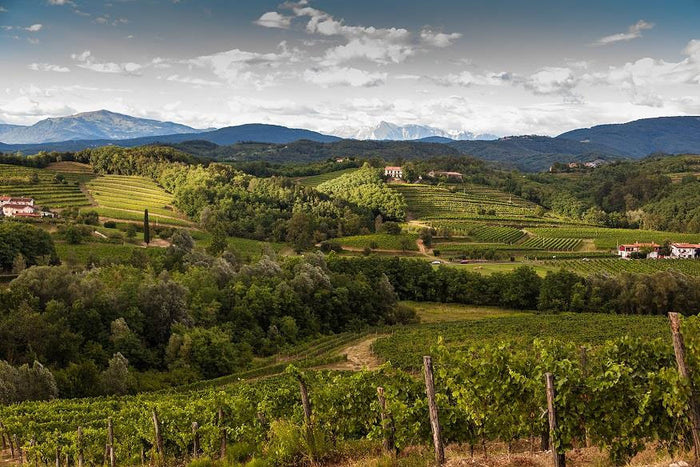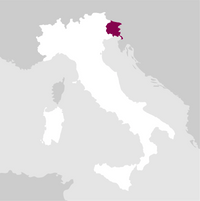Details

Perlage

Perfume

Color

Taste
Serve at:
06 - 08 °C.
Longevity:
10 - 15 years

Pairings
- Start up year: 1896
- Oenologist: Walter Bergnach
- Bottles produced: 1.100.000
- Hectares: 136
The turret on the west-facing wall, once built as a point of observation to monitor the surrounding countryside, still gives a glimpse of the marvelous panorama stretching across the hills of Rosazzo, Ruttars and Cormons.
Once in the wine cellar, the senses are completely enraptured by the colors and scents of the old “Turian” vineyard, the same ancient Ribolla Gialla lot where this grape variety was planted again.
Our tradition is to focus on our vineyards and to introduce technological innovations in our cellar.The accurate restoration of our tradition is strictly connected to the attention given to our vineyards and to the technological innovations introduced in the cellar. As an example, we utilize a horizontal orientation of autoclaves, in which our Ribolla Gialla is aged for more than thirty months. Then there is the drying room; a low temperature and ventilated area where the best bunches of grapes are taken to concentrate the aromas and fruit giving body and elegance to the wine. Read more


| Name | Collavini Metodo Classico Applause Brut 2013 |
|---|---|
| Type | White classic method sparkling wine brut |
| Denomination | VSQ |
| Vintage | 2013 |
| Size | 0,75 l |
| Alcohol content | 12.5% by volume |
| Grape varieties | 60% Chardonnay, 40% Pinot Nero |
| Country | Italy |
| Region | Friuli-Venezia Giulia |
| Vendor | Collavini |
| Origin | San Floriano (Gorizia) |
| Cultivation system | Guyot |
| Plants per hectare | 4,900 |
| Yield per hectare | 7,500 kg/hectare |
| Harvest | The second decade of August. The grapes are already selected in the vineyard and then picked in boxes. |
| Wine making | The very soft pressing allows only the first must to be extracted; this remains in natural decantation for one night without oxygen. Alcoholic fermentation occurs partly in steel and oak barrels at a temperature not exceeding 14°C. |
| Aging | Maturation on the lees continues until the following spring. This is followed by adding liqueur de tirage, then bottle-ageing on the lees for over 4 years. |
| Allergens | Contains sulphites |





